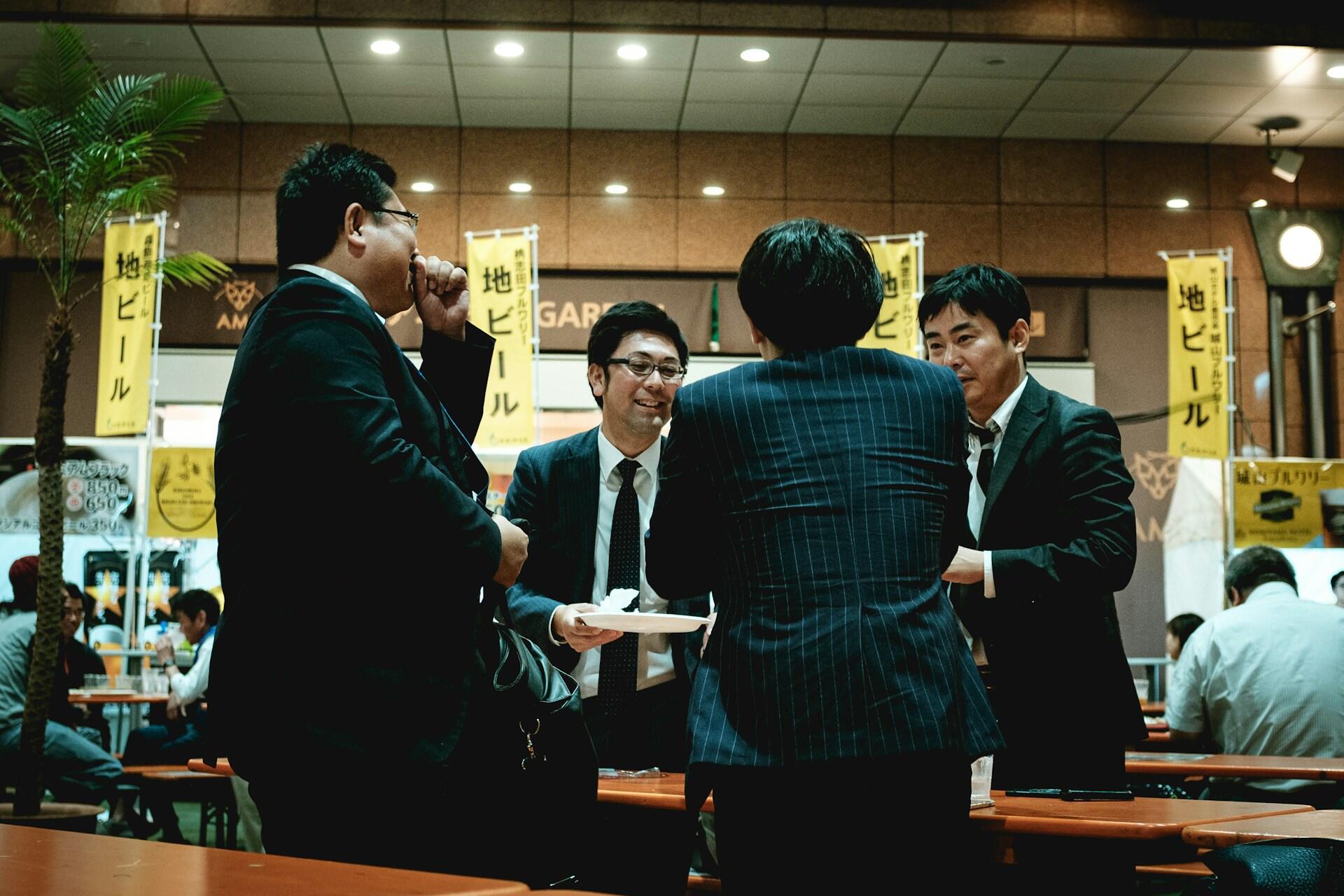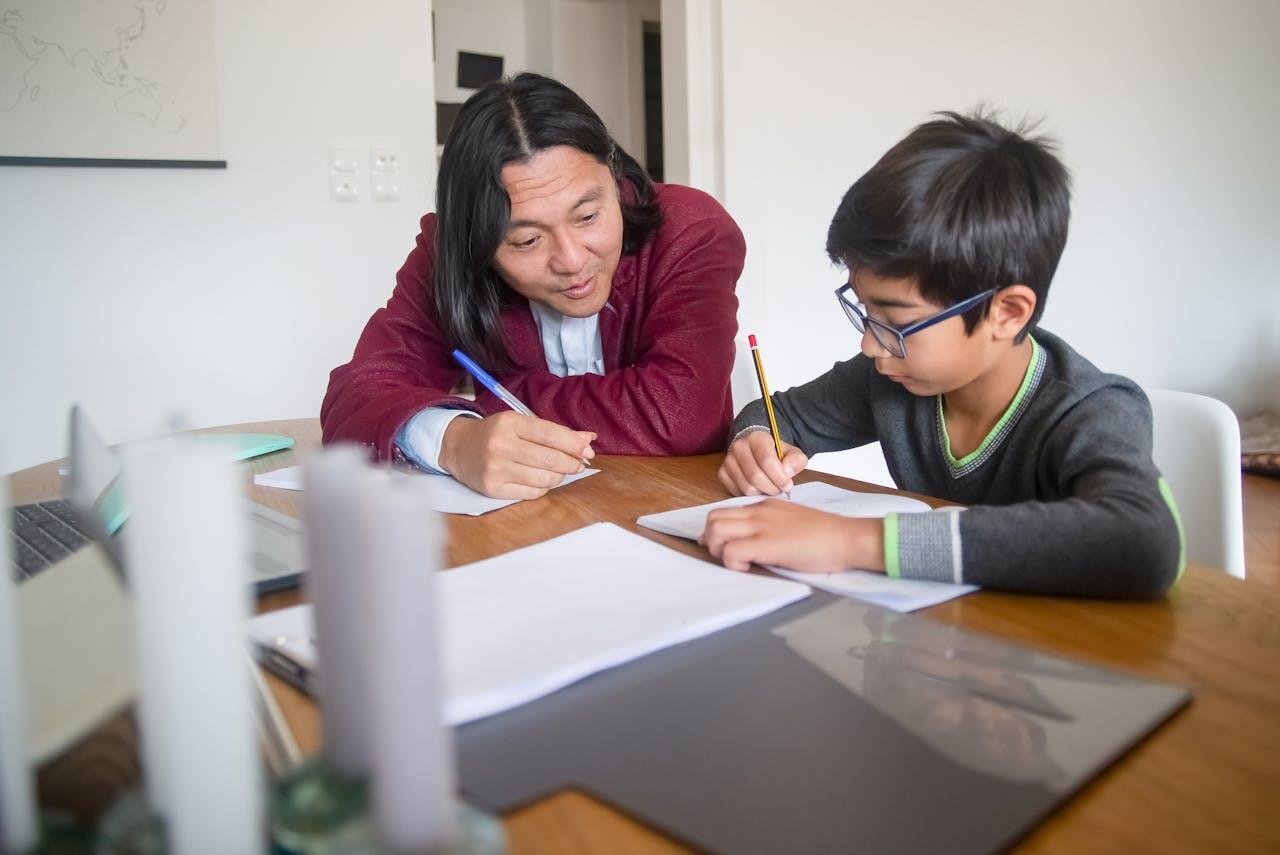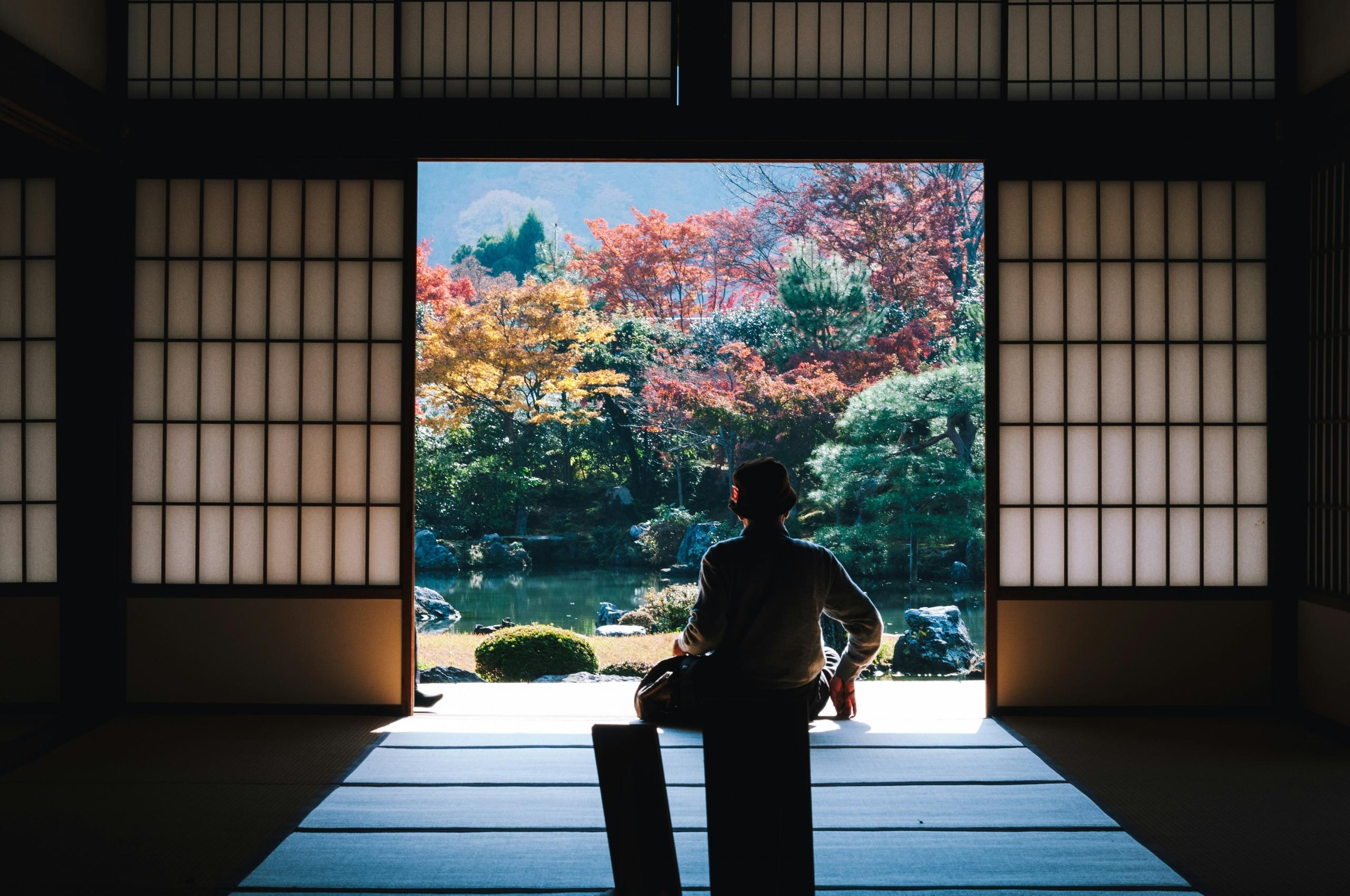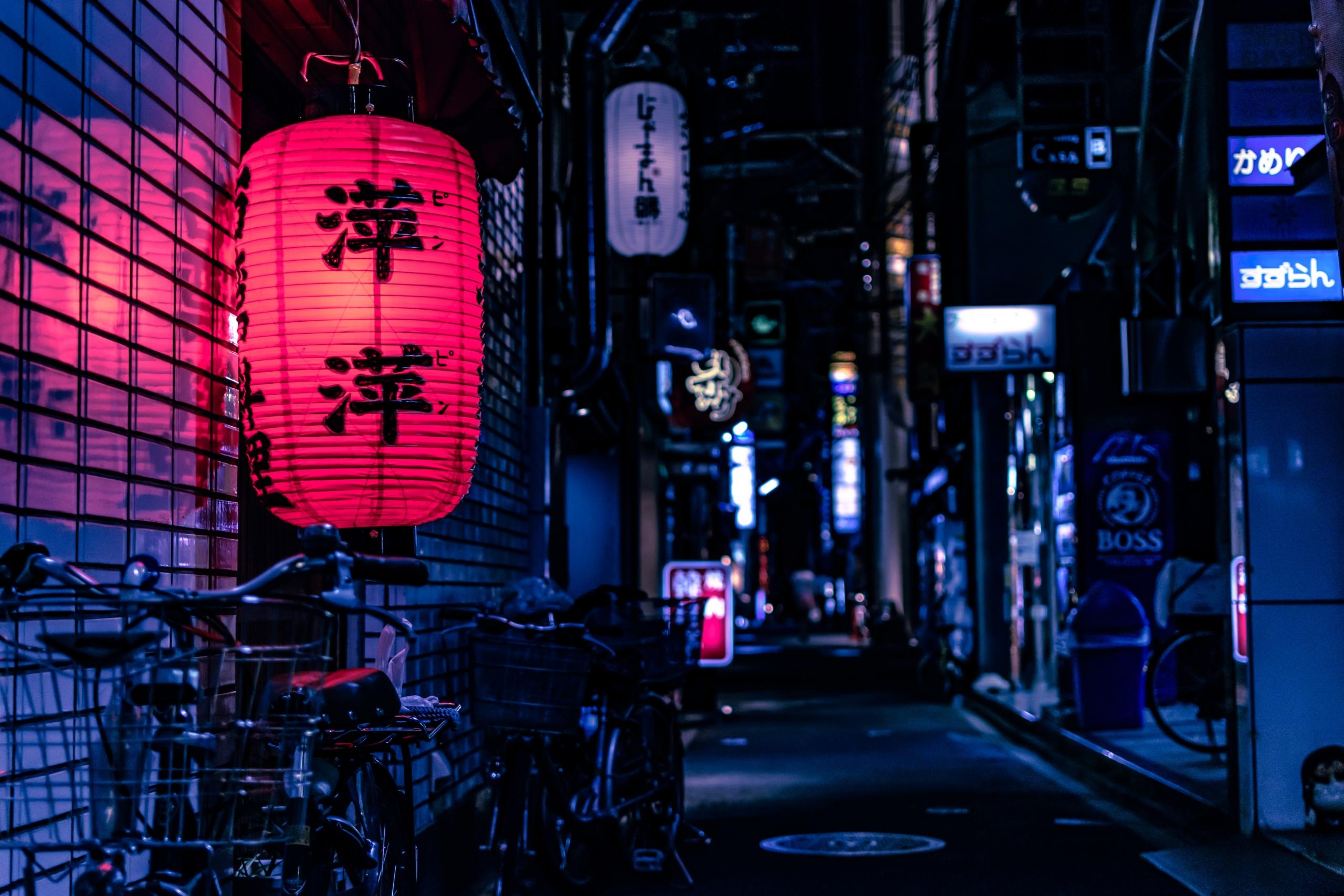Whether you are drawn to Japan by its rich history, beautiful landscape, captivating language, or its more whimsical attractions like anime, manga and surrounding ‘otaku’ culture, you likely have at some point considered learning Japanese.
In this article, we will be laying the groundwork for Japanese greetings for different occasions, where you can learn and pick up right away.
| Japanese Hello Greeting Phrase | Meaning | Usage | Pronunciation |
|---|---|---|---|
| おはようございます (Ohayō gozaimasu) | Good morning | Polite way to greet someone especially in the morning | |
| おはよう (Ohayō) | Good morning | Casual greeting among family and friends | |
| お久しぶりですね (O-hisashiburi desu ne) | It's been a long time since I met you | Polite greeting when you meet someone after a long time | |
| いらっしゃいませ (Irasshaimase) | Hi and welcome | Polite greeting to welcome guests or customers | |
| 失礼します (Shitsurei shimasu) | Excuse me | Polite greeting when you're entering a room in a formal situation | |
| やあ (Ya) | Hi | Casual greeting when saying hi to your peers or friends | |
| よぉ (Yō) | Hello | Casual greeting to say hello to very close friends | |
| おす (Ossu) | Hey | Casual greeting among young men (masculine, sports context) | |
| もしもし(Moshi moshi) | Hello | Casual greeting when you are on the phone | |
| こんにちは (konnichiwa) | Good afternoon | Neutral greeting when you greet someone in the noon | |
| こんばんは (konbanwa) | Good evening | Neutral greeting when you greet someone in the evening | |
| はじめまして (Hajimemashite) | Nice to meet you | Polite greeting when you meet someone for the first time | |
| よろしくお願いします (Yoroshiku onegaishimasu) | Please take good care of me/Let's do our best | Polite greeting before starting an event together | |
| 始めましょう (Hajimemashō) | Let's begin this, shall we? | Polite greeting to signal the beginning of event | |
| いつもお世話になっております。 (Itsumo osewa ni natte orimasu) | Thank you for your continued support | Polite greeting phrase of an email opening | |
| いつもありがとうございます (Itsumo arigatō gozaimasu) | Thank you as always | Another polite greeting that can be used in email openings |

👋 How to Say Hello in Japanese: Formal and Casual Greetings
Saying hello in Japanese comes in different variations, depending on who you’re talking to. This reflects Japanese culture, which places a lot of importance on hierarchy and relationship boundaries, and that shows up in the way the language is used.
The rule of thumb is this: the closer you are (family and friends), the more casual the greetings can be. Here's an example of the most standard Japanese greeting:
Formal greeting
おはようございます (Ohayō gozaimasu)
A way to say good morning to respected figures or the elderly in school or at work, or to strangers
Casual greeting
おはよう (Ohayō)
The shortened version: A way to say good morning with family or friends
You may notice that the difference between these two greetings lies in the presence/absence of gozaimasu (ございます), which is a polite, formal verb ending that is used in honorific speech.
That's why you also have the same principle when you want to say thank you to someone in Japanese, for formal or casual settings:
- ありがとうございます (arigatō gozaimasu) --> formal setting
- ありがとう (arigatō) --> casual setting
Now, let's look at other ways to say hello and how they are usually used for different contexts:
Formal settings
When you meet someone after a long time
Welcoming guests or customers
Used when you're entering a room in a formal situation
Casual settings
Saying hi to your peers or friends
Saying hello to very close friends
Saying hey among young men (masculine, sports context)
Saying Hello (on the phone)
🌅 Japanese for Hello: Morning, Afternoon, & Evening Versions
You should know by now that, unlike English, where hello works with anyone and everyone throughout the day, Japanese has different greetings depending on the time of the day.
After all, Japanese people are famous for being punctual and having a strong awareness of time.
That's why it's no surprise that they have different ways of saying hello from 9 to 5, from the following examples:
おはようございます (ohayou gozaimasu)

Important tip: Both こんにちは (konnichiwa) and こんばんは (konbanwa) are neutral expressions and can be used in most settings, without worrying about where you are or who you are talking to. It is polite and not too casual to be used, whether you're speaking to a stranger or a friend.
Just like in English, we also don’t use “good night” as a greeting when meeting someone. To wish someone good night is when we are leaving or before sleeping. Good night in Japanese is おやすみなさい (oyasuminasai). or おやすみ (oyasumi) in a casual setting.

✨ Japanese Greetings in Special Situations
Now that we’ve covered some common ways to say hello in Japanese, let’s take a look at more specific greetings.
🤝 Meeting Someone New
When you meet someone for the first time, here are the three common phrases that you can follow to have a polite and direct self-introduction.
Step 1
Begin with はじめまして (Hajimemashite), which means It's nice to meet you.
Step 2
Introduce yourself: わたしは [Your Name] です (Watashi wa [Your Name] desu,) which means “I’m [Name].”
Step 3
End with よろしくお願いします (Yoroshiku onegaishimasu), which means I look forward to working with you/Please treat me well
Some common examples of situations that you can use these phrases include:
- When you arrive at school or university
- When it's your first day at a new workplace
- When you are joining a social gathering and meeting people for the first time
- When you are visiting a new place as a foreigner

👩🏫 Starting a Class or Meeting
Moving on, let’s look at the Japanese greetings commonly used in group settings such as classes or meetings. These set expressions not only show respect but also help create a sense of unity and shared purpose among everyone present — setting the tone for the occasion.
よろしくお願いします
(Yoroshiku onegaishimasu)
- The first phrase said by students or a team (with a bow)
- Meaning: Let's work well and do our best together!
始めましょう
(Hajimemashō)
- The phrase said by a teacher or facilitator to signal the beginning of the event
- Meaning: Let's start, shall we?
At the end of the meeting or class, everyone will usually end with ありがとうございました (Arigatō gozaimashita) to show appreciation and gratitude for the time and effort spent together.
📩 Greeting in Emails or Messages
Saying hello politely in written communication is as important as verbal communication in Japanese, especially in the corporate setting or when you are addressing an important message.
When you begin a business email, it's always recommended to start with a few polite greetings before going to the purpose of writing. An example would look like this:
Japanese business email opening
(Itsumo osewa ni natte orimasu)
(Itsumo arigatō gozaimasu)
English meaning
If you are sending a casual email or message, you can start with こんにちは (Konnichiwa). However, most Japanese do not use greetings much in texting, especially among close friends. They would most likely go straight to the point, whether they're planning to grab a meal or watch a movie together, on a daily or weekly basis.

🌸 Cultural Etiquette for Japanese Greetings
In Japan, how you say a greeting is just as important as the words themselves. The culture behind the Japanese language places strong emphasis on politeness, mutual respect, and situational context, often expressed with a touch of subtle indirectness. That’s where non-verbal expressions come in, adding depth and nuance to the way Japanese greetings are conveyed in person.
🙇♂️ Bowing
Bowing in Japan is first and foremost a gesture of acknowledgement and respect, no matter who it is directed towards. Generally speaking, however, the level of respect and sincerity behind the gesture is dictated by the depth of the bow and in some cases, the duration. More of both indicates a higher level of respect towards the listener.
| Bow Name | Meaning / Context | Degree of Bow | Description |
|---|---|---|---|
| Eshaku (会釈) | Most casual bow, like a nod | About 15° | A shallow bow; casual, with some flexibility in angle in informal settings. |
| Keirei (敬礼) | Business/formal greeting | About 30° | A respectful bow acknowledging presence and status, used in formal or business contexts. |
| Saikeirei (最敬礼) | Utmost respectful, very formal bow | About 45° | Deepest bow, used for formal apologies or very high-status figures; can be deeper for sincerity. |
When bowing to friends and close family members whom we interact with regularly, the bow is often so brief and shallow that it can be seen as more of a nod. But it’s still important to understand that the movement originates from the gesture of bowing and that the meaning is still the same, unlike in the West, where a nod is more of a sign of agreement and consensus.
👀 Tone and Eye Contact
Getting the right tone is as important getting the right pronunciation out when you are addressing someone or saying goodbye in Japanese. It is the balance of being respectful and warm at the same time as you speak in a polite, clear tone with a gentle, sincere gaze. Don't go for prolonged eye contact as it can feel overly aggressive or intimidating.
In Japan, the greeting sets the tone for the whole conversation, whether it's leaving a good first impression or getting everyone in good spirits before starting a group effort, for instance.
🎌 Master Japanese Greetings and Culture With Superprof
Japan’s language and culture have mesmerised the West since the two first came into contact with each other, but now, more than ever, there is a high demand and a great intrigue towards all things Japanese.
We hope this article has offered you some great insights into various ways to say hi in Japanese, especially in the right context. There are, of course, some common mistakes that beginners might make when they are learning a new language for the first time, such as using the wrong greeting expression , using casual greetings to someone you're meeting for the first time, or forgetting to bow. And that's totally fine!
No matter how many mistakes you make or how slow you progress, you are still way ahead of everyone who isn’t trying.
Tony Robbins
If you are serious about learning Japanese, nothing beats a professional tutor. Superprof is an amazing tutoring platform that gets you in touch with local tutors suited to your exact learning needs, whether it's learning how to count in Japanese or mastering the right Japanese pronunciation for greetings.

Learning with a private tutor allows you to explore a new language at your own pace, where you can experience personalised learning in a dynamic yet flexible manner.
Regardless of your age, learning level, and location in the UK, you can learn Japanese with ease under the guidance of an experienced Japanese tutor.
Not only that, private tutoring lessons at Superprof are also affordable. You get to choose the maximum budget of your lessons according to your desired hourly rate before booking your first lesson. Mastering Japanese has never been so easy and efficient!
























